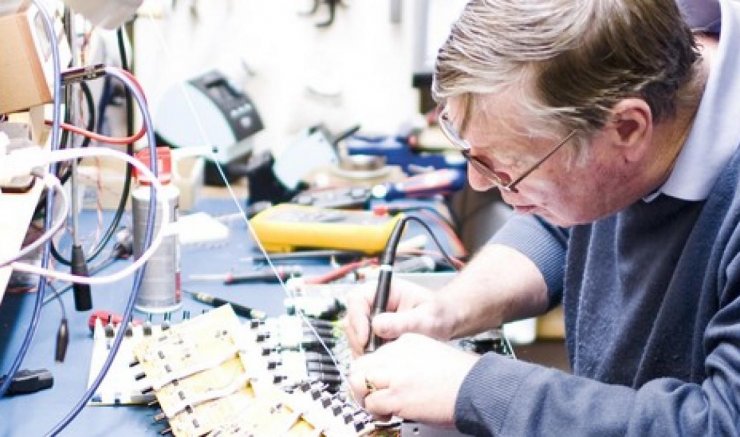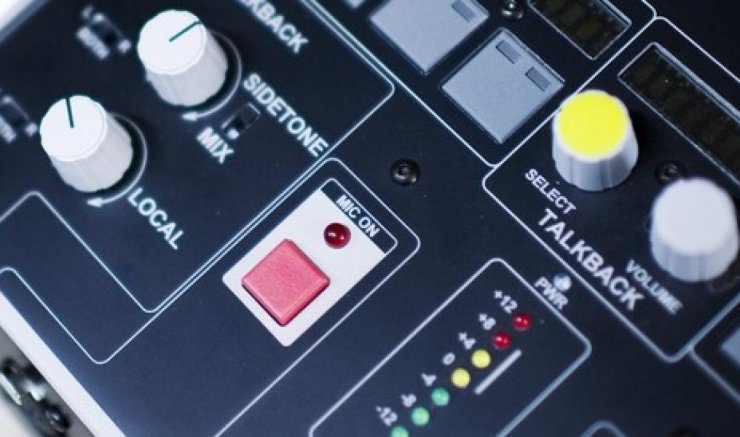Login / Quote Area
0 items in your quote basket

UK : 01622 753662
International : +44 1622 753662
Login / Quote Area
0 items in your quote basket

Call
+44 1622 753662




The measurement of technical specifications for broadcast (and even more so for 'pro audio') is anything but standard. Specifications can be very easily manipulated to appear considerably better than they are when the equipment is used for its intended purpose. Here at Glensound, we have always taken what we consider to be a real world approach to our specifications where we try to provide information to our customers that is accurate and practical for every day situations. When conducting a quick comparison of Glensound specifications to those of other manufacturers, their products may at first appear favourable, which in turn would lead the unsuspecting purchaser to assume that alternative equipment might perform better.......however this is rarely the case.
The purpose of these notes therefore, is to try to explain in simple terms how we measure a couple of our specifications and how we could mislead you if we wanted to!
Equivalent Input Noise (E.I.N.)
This measurement is provided to indicate how good (quiet) the audio electronic circuits are within the equipment. It is often specified in dB but should actually be specified as dBu or dBv. The aim for us manufacturers is to design equipment with the highest figure of E.I.N. possible. A genuine E.I.N. figure of -115 to -120dBu is good, -120 to -125dBu is very good and anything over -126dBu is pretty exceptional (when measured at 20 deg C for 20Hz to 22kHz and with a mic impedance of 300 ohms). As with most things in physics, there are actual maximum possible figures that are achievable, in the case of E.I.N. this maximum is attributed to 'Johnson noise'. Johnson noise is a calculation which takes into account the temperature, audio bandwidth and the resistance (in this case of the microphone attached to the circuit) and a constant figure called Boltzmann which is 1.3806504x10-23. If a calculation is performed for a temperature of 20 deg C, a bandwidth of 21980 Hz (20Hz to 22kHz) and a resistance of 300 ohms, the absolute maximum theoretical E.I.N. is -127.49dBu is found. If the same calculation is conducted but using a resistance of 150 ohms, the absolute maximum increases to -130.5dBu.
Our spec sheets provide E.I.N. figures calculated on resistances of 300 ohms. Why? If you check the specification of a Sennheiser HMD26 or Beyerdynamic DT297 microphone (which are by far the most likely ones that will be used) you will find their mic capsule impedance is 300 ohms NOT 150 ohms. If we provided the specification measured at 150 ohms it may make our headline figure look better, however the equipment would not achieve the spec when connected in a real world situation.
E.I.N. figures can also be manipulated by reducing the bandwidth or changing the temperature value. Therefore it is useful to understand the importance of as many of these parameters as possible when comparing figures.
Total Harmonic Distortion (THD) + Noise
This is another classic measurement that can easily be distorted (no pun intended) to provide meaningless figures. THD + NOISE provides a measurement of the distortion and noise of an output signal in relation to the input signal. Firstly, to compare any two measurements the frequency and amplitude of the signal must be known. Due to the non-linearity of electronic components, the measurement will vary greatly depending on the frequency at which it is taken. It is quite common to measure THD + NOISE at a single frequency, often at 1kHz (because this normally provides a very good result!). In ‘Real World’ applications, the commentators' mic amp will never be used at just 1kHz, thus, the THD + Noise figures across a much larger range will need to be known. In our opinion, the optimum figure required is across 50Hz to 20kHz as this is a much more realistic acoustic range that will be worked over.
Frequency Response in Commentary Boxes
In theory, the frequency response of equipment should be a relatively standard measurement and on the face of it, it is. Frequency response is often measured from 50Hz to 20kHz and for most equipment the flatter the response, in theory, the better the equipment. Therefore, in theory, something with frequency response of +/- 0.5dB across 50Hz to 20kHz is quite acceptable (and from a manufacturer's point of view not hugely challenging to achieve). However, the problem comes with the fact that in commentary circuits you really don't want a dead flat signal! Why not? Because you will be dealing with harsh environments, long cable runs and lots of unwanted noise (both acoustic and electronic (RF & magnetic induction)). The challenge is to keep any noise apart from the commentator's voice out of the signal chain as much as possible. To alleviate unwanted out of band noise, we use 'band pass filters' which are electronic circuits that remove noise outside their parameters. In general, we design these filters to start rolling off the audio at about 50/60Hz and 19kHz. The filters we design start a gentle roll off and then increase to a steep 12dB per octave. Due to these filters (which are a good thing), the frequency response figures in our technical specifications will not appear flat!
You can review our units' technical specifications with confidence as a true reflection of how they perform. If you have any questions about our specifications and how they are calculated, please contact me at any time. Thank you for using and trusting Glensound commentary equipment for over 53 years, and making us the world leader.
Gavin Davis, Managing Director
© Glensound
The Design Buildings, 6 Brooks Place, Maidstone, Kent, ME14 1HE, UK.
Tel UK : 01622 753662 | Tel international : +44 1622 753662 | Email : sales@glensound.com